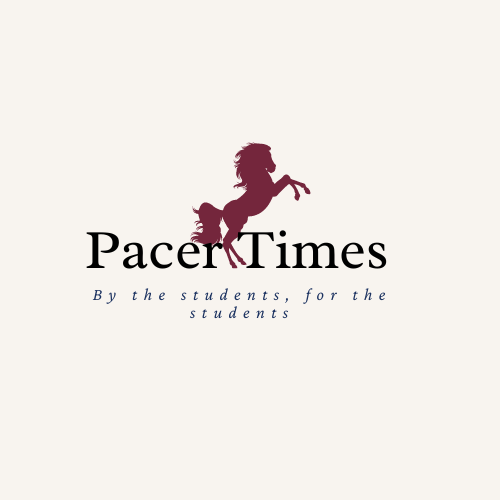Scam or spam: USC Aiken's on-going email issue
“If you have an email address anywhere, you’re going to get spam”.
Spam refers to irrelevant or inappropriate email sent to a large number of recipients. Many students question why they receive so much spam in their student email accounts.
Chris Spires, Director of Client Services at USC Aiken’s Computer Services Division, wants students to have an understanding on this ongoing issue.
“Spammers send out whatever they can send out,” said Spires. “Sometimes they just randomly send out emails based off the fact that it’s going through the alphabet.”
The problem occurs when one person clicks or responds to a spam email. When this happens, you are automatically marked as an “active user” and will now receive an incredible amount of spam emails.
It is important that students understand the difference between phishing and spam.
Phishing is when a user tries getting your personal information to get into your account. Whereas spam emails are random are occur more frequently. The goal is to be engaged long enough that you buy what’s being marketed.
The truth about spam is that there is no permanent way to stop receiving them since “being an educational institution we have to accept general emails from everywhere, versus a company can say we’re just not going to do that,” explained Spires.
There are protocols in place to protect students from possible privacy invasions are through Microsoft Office 365, including all of the following.
- Connection Filtering
- Spam Filtering
- Customized Transport Rules
- Customized Mail Flow Rules
- Sender Policy Frameworks Validation
- Domain Keys Identified Mail Digital Message Signatures
- Domain-based Message Authentication, Reporting, and Conformance
- Enabled User-Managed Mail Settings, Including Personal Quarantine and Junk Email Filtering
Everything else is done manually by Spires and his team.
The key to manage this never-ending problem is to be vigilant and to educate yourself on scamming and phishing attempts.






